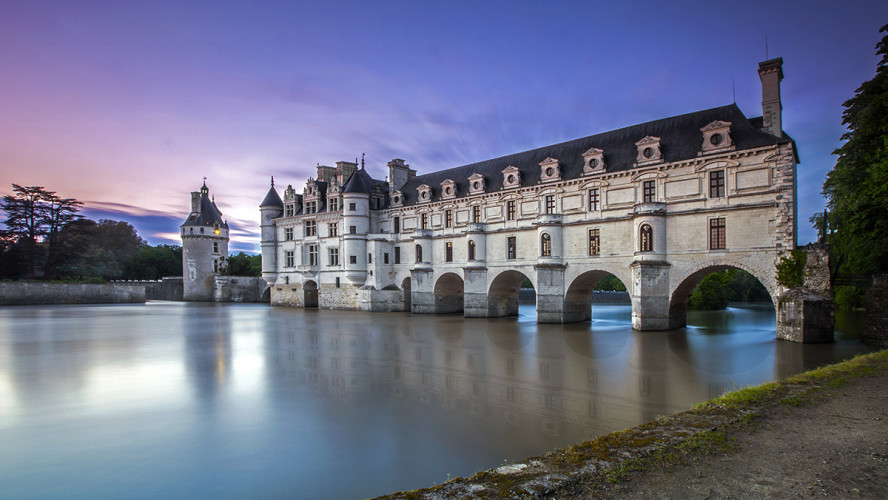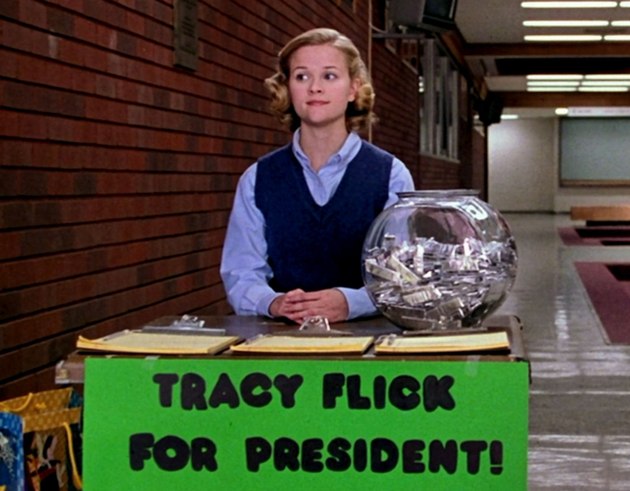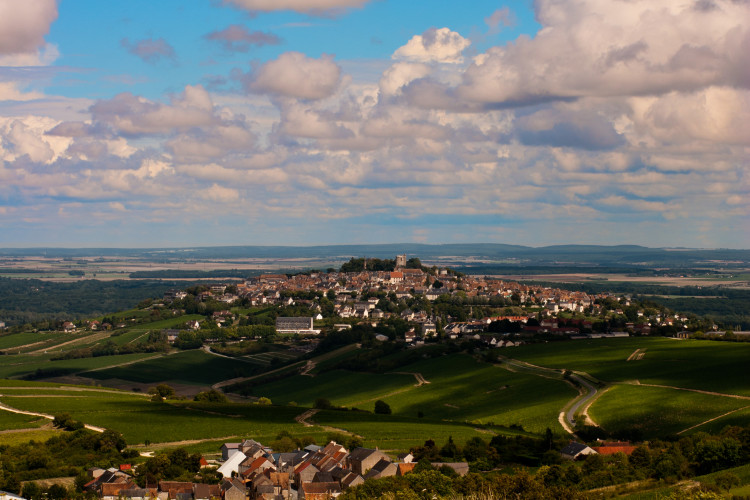You might know it as Sauvignon Blanc. But in France, where they refer to wines by regions or appellations, you might have seen it called a couple different things, including Sancerre and Pouilly-Fumé, which are both appellations within France’s Loire region. One of the easy ways I find to remember that is the fact that Sancerre and Sauvignon Blanc both start with “S.”
The Loire is named after the major river that flows through it, and is home not only to one of the country’s biggest wine regions (though it’s only about half the size of Bordeaux). It is also to some of its famous chateaux including Chenonceau, Chambord and Chinon (which is also a famous wine appellation here).

The Loire is known for its chateaux…but also for its wines.
Although parts of the Loire produce red wines from Pinot Noir and Cabernet Franc, it is also a renowned region for white wines made from grapes such as Chardonnay, Melon de Bourgogne and Chenin Blanc. However, some of its most sought-after white wines are actually made from Sauvignon Blanc. That’s because the Loire’s cool climate produces wines that tend to be crisp and fresh thanks to a bracing acidity – two great qualities for Sauvignon Blanc. Here’s a bit more on the two most famous of the Loire’s Sauvignon Blanc appellations – Sancerre and Pouilly-Fuissé, both of which are in the eastern part of the region.
Sancerre: No doubt you’ve seen quite a few Sancerre listings on wine lists lately. Thanks to the popularization of Sauvignon Blancs from New Zealand, sommeliers everywhere have been reintroducing the drinking public to some of its more traditional producers, including those made in this famous French appellation.
The wines from Sancerre are difficult to generalize, but the soils here tend to be of limestone and flint, but also some chalk, clay and sand, creating wines that are taut but frisky. Kind of like Tracy Flick from Election. They’ve got a lot of energy and intensity, and a steely core that some folks find aggressive.

Sancerre is kind of like the Tracy Flick of Sauvignon Blanc.
When you drink it, you’ll usually notice hints of citrus fruits including lime and grapefruit, fresh herbs, as well as some puckery, mineral notes (again, think chalk) thanks again to those soils. It goes great with seafood, as well as Asian cuisine.
Here’s a bonus tip on Sancerre. They also make rosés and reds, so don’t be surprised if you see those on a wine list or shelf from time to time. If you do, it’s likely Pinot Noir or Gamay. In fact, Sancerre used to be quite famous for red wines before the phylloxera epidemic, when the region was replanted mostly to Sauvignon Blanc on American rootstock. The new grape did so well, the region was granted AOC status in 1936.

Sancerre is home to some of France’s most famous white wines.
Pouilly-Fumé: To get to the town of Pouilly-sur-Loire from Sancerre, you don’t have to go far. Just across the river to the eastern bank, in fact. Another big name in French whites, Pouilly-Fumé only produces about a third of the wine Sancerre does.
First, let’s be clear about two things. Don’t confuse Pouilly-Fumé with Pouilly-Fuissé, which is a region in Burgundy that also makes white wine, though from Chardonnay. Second, though the word “fumé” is in the name, which means “smoked” in French, there’s nothing smoky about these wines. Rather the name derives from the fact that fogs rise off the river and cover the banks like a smoke. Some folks also think the flinty soils here give the wine a sort of gunpowdery taste that has also contributed to the name.
Overall, the wines of Pouilly-Fumé are similar to Sancerre’s, with a lovely balance of acidity and crispness that keeps these wines tasting fresh and perfect pairing partners for seafood and Asian food.
There are two great things about Sancerre and Pouilly-Fumé that you find in the US. First, many are available by the glass in restaurants, so if you see them on the menu, go ahead and order. Second, they usually come at a much lower price point than other French wines, notably Burgundy and Bordeaux. Get a group of Sauvignon-swilling friends together and splurge on a bottle. The fact is, it shouldn’t be much of a splurge at all since you can get very nice examples for $20-$60 in stores, and $50-$80 in restaurants.
And if the wines from those two appellations get you interested in French Sauvignon Blanc, consider trying them from some of the Loire’s smaller Sauvignon appellations of Menetou-Salon, Quincy and Reuilly.

